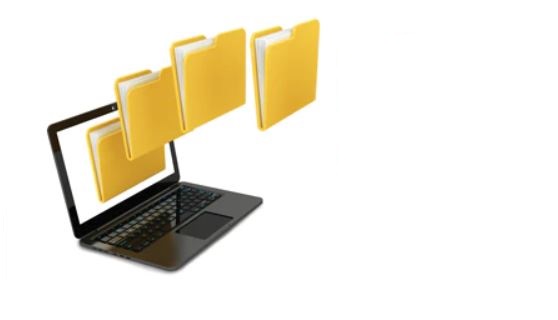7 Tips To Know To Manage Your Digital Records

Digital Records
Digital files and documents are vital sources and storages of our information from various aspects of our lives. As we are in the age of data, the right, appropriate, and consistent management for your digital records is highly needed.
Having a records management routine allows you to retrieve, find, and identify your recorded information conveniently. Yet the challenge is: the strategies and techniques that we must learn are sometimes overlooked and ignored. Understanding how you should manage your records is indeed essential, as it will serve as a stepping stone for you to efficiently and effectively navigate the crucial actions that you ought to do in the future. In this blog, you will know the tips for you to begin having records management. Dive in and discover them all:
Table of Contents
Make your digital files stable.
Most especially in the format of DOCX and XLSX, documents are pretty vulnerable to alteration and manipulation when not properly handled. Hence, the best thing to do is convert them into PDF files when you save them. What makes PDF files ideal for records storing is that it is stable and firm wherein it cannot be edited when opened, whether intentionally or not. The best way to do it is to visit the website of PDFBear and use their tool to convert Excel to PDF files.
Aside from it being easy and simple to use, the tool is free and does not require authentication. The agency also encourages users to not go further in online tools that need steps before usage. The PDFBear’s conversion tool is quite ideal for your records management. There are over 25 tools that you can use anytime, as long as you are connected to the internet.
Use the correct file names.
Records management is all about minimizing the burden of difficulty looking for the information you stored in your device or system. Using consistent and appropriate metadata, you are allowing your digital records to be efficiently found when needed. Organizing our records is all about easy retrievement, after all. If you want to achieve that kind of repository, it is time for you to get it right. First, be consistent with the name of your records. If you have decided to name them by title, then do so. If you want to include the subject area wherein it belongs, then do it. The gist is that you must learn how to name them by the consistent title that you want. Make sure to be consistent all the time.
Set the Access Control.
Having an access restriction or control to your files lowers or lessens the risk of data theft and other unwanted circumstances. Once you limit the access of your files to authorized users only, hackers and other users with bad intentions will not have any authority to acquire information from your files. The best way to do it is to include encryption methods in your files, limited to your trusted users or even software and devices. By doing this, you also make your files safe from malware or malicious software that destroy all the files you have.
Have a disposal and data cleansing management.
Unimportant files and documents that are not needed could be removed from your device or storage once you get their purposes. Having disposal management allows your file not to have unnecessary ones that could cause confusion and difficulty when looking for specific files. More than that, it also enables your storage to be spacious again, giving way for the future, necessary files. The best way to practice it is to have a schedule wherein you review the files you have used and not needed and transfer them to storage for disposal. Another thing that you can do is buy some external storage space or online storage.
Remove Duplicates.
Other things to delete or remove are the duplicates. Sometimes, we used to overlook the files that were doubled or copied without our knowledge. Hence, these files become duplicated and occupy the space of your storage. Like the unimportant ones, you must delete these files to give room for the future essential information that you will store. It will save you a considerable chunk of space.
Arrange files appropriately.
Aside from naming your files rightly, you must also consider the method or manner of the arrangement. The arrangement of files allows you to identify them quickly without looking further for their names. You can arrange them based on the date they are created or their types. The catch is that you must have the set of rules on which you are grouping the files according to their similarities. Before doing this, however, you must consider the authorized users who can access these files. Ask yourself: is the arrangement suitable for them? Is the deal too complicated to understand? Think of the possible challenges that might occur before taking action.
Practice Records Management Consistently.
After all, practising records management requires consistency and discipline. Like having a system of organization for your physical records, the digital ones also need an efficient and effective management system. To truly achieve the design you want, make sure it is attainable and easy to do. Remember, you are doing the records management for the authorized users to access information easily and quickly. So if you want to let this happen for an extended period, ensure its simplicity and efficiency.
In Conclusion
In our current world, wherein information is recorded quickly in the digital and virtual realms. We need to have digital records management that is effective and efficient. Having this is crucial as each data and information can cause a significant impact in every aspect of our lives. Knowing that information is the stepping stone towards knowledge, we must apply systemic records management to quickly find information. From taking these tips and advice on achieving good records management, you can indeed create one.
Also Read: How To Make Gmail Dark Mode




